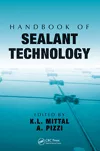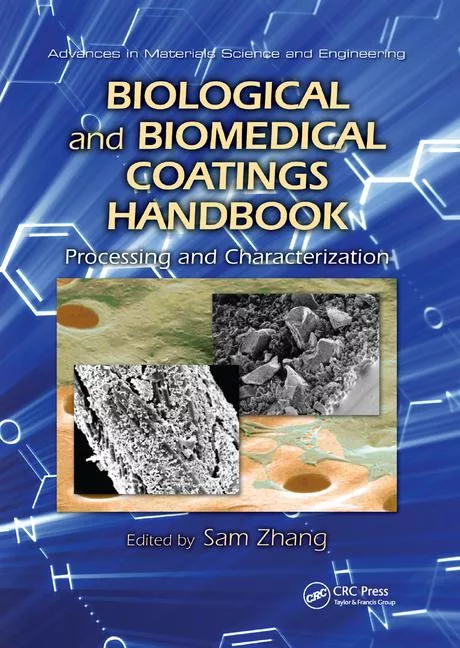Recruitment Fundamentals

Editor's Note: This article originally appeared in the Dec. 2008 issue of Ceramic Industry magazine.
“All aboard!” Don’t you just wish that hiring new employees was that easy? Unfortunately, it’s such a challenge today that in a recent national survey, over 30% of CEOs said that up to half of their employees are a poor fit for the job. What’s more, putting the wrong person in the wrong position just to fill the vacancy can have dire consequences to your organization in terms of poor employee morale, low productivity and lost opportunities. The impact to your company’s bottom line can be staggering.
The good news is that companies can drastically improve their workforce quality by adopting a proactive mindset and consistently using the right hiring procedures. Of course, every company is always looking for good people, but the employees who are considered “A” players are usually working elsewhere - and happily - so they’re less likely to be seeking greener pastures.
If your company’s recruiting strategy isn’t well developed, you’re basically hiring other companies’ “B” and “C” players. True, an occasional “A” player will walk through your door, but you’re more likely to find that elusive diamond through the establishment of solid, consistent recruitment processes.
A multi-layered, robust recruiting process must be rooted in proactive vs. reactive recruiting. In today’s world, many companies have the risky tendency of waiting until a job opening occurs to initiate an emergency job search. In a rush to fill the open position and lacking constant, solid recruiting procedures, the company is more likely to take a less-qualified candidate or, in some cases, hire whoever shows up first.
Plan Ahead With Good Job Descriptions
Avoid such dire measures by establishing a very structured and systemized selection process well ahead of when your company actually needs it. This begins with writing a job description before the actual recruiting process. A good job description includes the job’s purpose; a detailed breakdown of responsibilities; to whom the new person will report; ways to measure the person’s effectiveness; the job’s vital factors; how the person will spend their time; their authority within the company; and the required competencies, background, and experience.The job description also drives your interviewing process and questions, as well as the employee’s training plan. What’s more, writing a job description before recruiting forces you to think through the position and the competencies of the person you need, and becomes the blueprint for the success of the job and that person.

Determine the Interview Game Plan
Once you’ve attracted the top candidates, you need an interview game plan. Considering what’s required and wanted in the new hire, what are you truly looking for in an ideal employee, and how do these attributes relate to what’s needed for the position? Also, if given the opportunity, what competencies would your internal or external customers look for from your employee to serve their needs? Whatever these competencies are, the candidate you choose must have them.Your interview game plan must also include a robust selection process. This enables you to evaluate the potential hire in different ways. For example, you may need to conduct several interviews, and you’ll want to do background checks at the very least.
Focus on Professional Development
After successfully hiring an employee, the next step in the recruitment process is to develop this person via ongoing coaching, training and planning that will enable his or her professional growth. Unfortunately, most companies have no structured on-boarding plan for new personnel. By solely focusing on bringing someone “aboard the bus,” they forget to follow through with important ongoing training and development. If this is happening at your company, you’re significantly reducing your retention odds. And if that new recruit is one of those rare “A” players, the loss is even greater.The first 90 days of employment are critical to the long-term success of a new employee. You should therefore develop and implement a 90-day training plan to secure the employee’s place within the organization and facilitate his or her improvement. You can vary this training based on the new employee’s level of experience with your existing systems, but it’s important to train this new hire on business practices, how your company functions and how these fit into the organization.
Key to the success of this 90-day training plan is using a mentoring team that consists of a peer, a manager and a support person. The mentoring team should meet at least monthly to give feedback to the new hire, ensure that he or she has someone they can go to with questions, and enable their success in adhering to the 90-day training plan.
Establish Expectations Now
Also during this time, it’s critical to set clear, result-oriented goals. Setting these requirements will communicate company expectations and accountability for results, ensure that the new employee understands the company’s priorities, and, most importantly, measure whether he or she is the right person for the job. Once the employee successfully completes the first 90 days, you’ll need a six-month to one-year personal development plan to facilitate his or her advancement and growth. Focus on consistent improvement and strengthening job performance.Incorporate the Current Business Plan
Finally, do you have a well-developed, current business plan? From the beginning, such a plan helps new employees understand the company’s direction and the role they play in it. Based on the business plan, your recent hire should also grasp the company’s vital factors - the unique set of critical elements that can either hold a company back or propel it to success. Each employee should be assigned personal vital factors that support the company's vital factors - an exercise that creates that crucial strategic alignment within your organization.Following these fundamental strategies is a sure way to onboard those “A” players and, more importantly, keep them aboard the company bus. With the right team in place, you’ll find it’s easier to retain those good workers, maintain strong company morale and meet your business goals.
SIDEBAR: Five Steps to Recruiting Success
- Focus on creating a systematic, well-thought-out and proactive recruiting process.
- Formulate a good job description to serve as a blueprint for the job.
- Establish a solid business plan that outlines how many and what kind of people you need to hire.
- On-board new recruits using a 90-day mentoring plan and training period, measurable 90-day goals, and a mentoring team that meets monthly to ensure the new hire’s success.
- Have a development plan ready to help the new hire grow over the next year once they complete their 90-day training plan.
Links
Looking for a reprint of this article?
From high-res PDFs to custom plaques, order your copy today!





